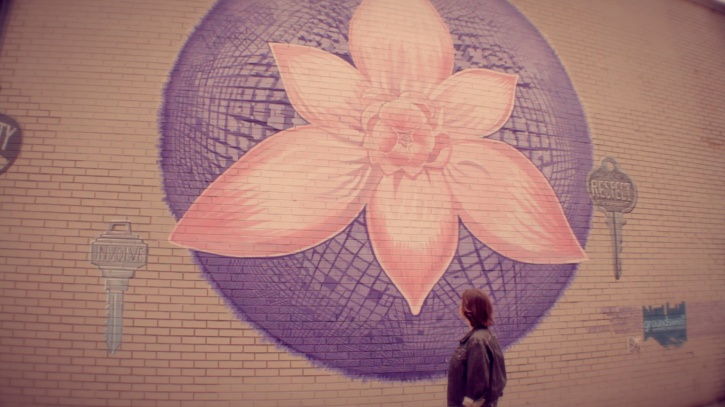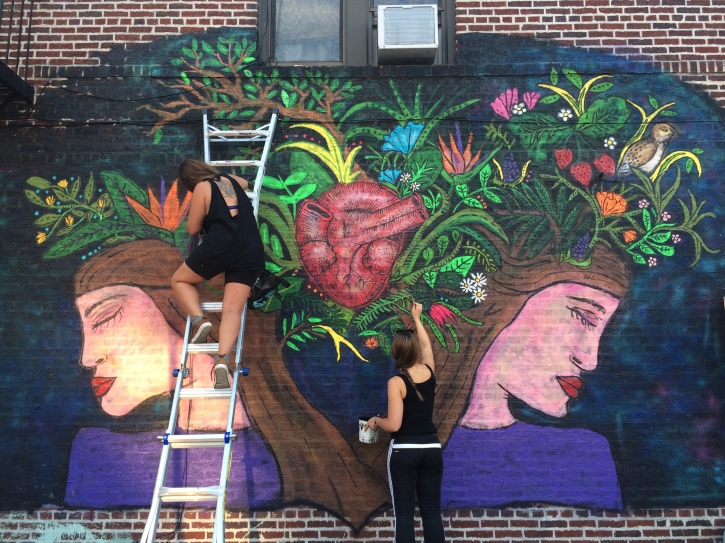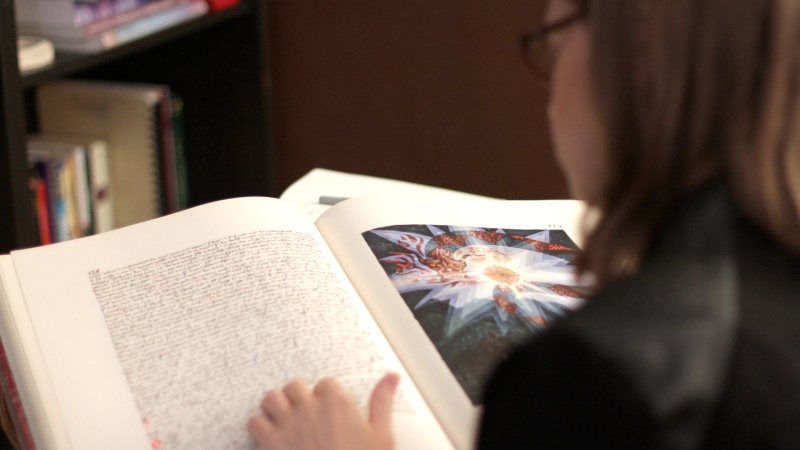
On 11 February 1944, the 68-year-old Carl Gustav Jung – then the world’s most renowned living psychologist – slipped on some ice and broke his fibula. Ten days later, in hospital, he suffered a myocardial infarction caused by embolisms from his immobilised leg. Treated with oxygen and camphor, he lost consciousness and had what seems to have been a near-death and out-of-the-body experience – or, depending on your perspective, delirium. He found himself floating 1,000 miles above the Earth. Seas and continents shimmered in blue light and Jung could make out the Arabian desert and snow-tipped Himalayas. He felt he was about to leave orbit, but then, turning to the south, a huge black monolith came into view. It was a kind of temple, and at the entrance Jung saw a Hindu sitting in a lotus position. Within, innumerable candles flickered, and he felt that the “whole phantasmagoria of earthly existence” was being stripped away.
It wasn’t pleasant, and what remained was an “essential Jung”, the core of his experiences. He knew that inside the temple the mystery of his existence, of his purpose in life, would be answered. He was about to cross the threshold when he saw, rising up from Europe far below, the image of his doctor in the archetypal form of the King of Kos, the island site of the temple of Asclepius, Greek god of medicine. He told Jung that his departure was premature; many were demanding his return and he, the King, was there to ferry him back. When Jung heard this, he was immensely disappointed, and almost immediately the vision ended. He experienced the reluctance to live that many who have been ‘brought back’ encounter, but what troubled him most was seeing his doctor in his archetypal form. He knew this meant that the physician had sacrificed his own life to save Jung’s. On 4 April 1944 – a date numerologists can delight in – Jung sat up in bed for the first time since his heart attack. On the same day, his doctor came down with septicæmia and took to his bed. He never left it, and died a few days later.
Apparently Jung also witnessed his doctor’s astral body leave this world for the next. It’s no coincidence that writer, Jennifer Palmer, the central figure and narrator in the documentary film, ‘Time is Art‘, also experienced the feeling that her aunt’s astral body or spirit had left the room after she passed. This supernatural experience opened her heart and mind to the metaphysical world and caused her to experience profound synchronicities.
Here is Jung’s account in his own words.
“The images were so tremendous that I myself concluded that I was close to death. My nurse afterward told me, “It was as if you were surrounded by a bright glow.” That was a phenomenon she had sometimes observed in the dying. . . .
It seems to me that I was high up in space. Far below I saw the globe of the earth, bathed in a gloriously blue light. I saw the deep blue sea and the continents. Far below my feet lay Ceylon, and in the distance ahead of me the subcontinent of India. . . . Far away to the left lay a broad expanse – the reddish-yellow desert of Arabia. . . . I could also see the snow-covered Himalayas, but in that direction it was foggy and cloudy. . . . I knew that I was on the point of departing from the earth. Later I discovered how high in space one would have to be to have so extensive a view – approximately a thousand miles! The sight of the earth from this height was the most glorious thing I had ever seen. . . .
I had the feeling that everything was being sloughed away; everything I aimed at or wished for or thought, the whole phantasmagoria of earthly existence fell away or was stripped from me – an extremely painful process. Nevertheless something remained; it was as if I now carried along with me everything I had ever experienced or done. . . . I might also say; it was with me, and I was it. . . . I consisted of my own history, and I felt with great certainty: this is what I am. . . . I believed I would at last understand – this too was a certainty – what historical nexus I or my life fitted into. I would know what had been before me, why I had come into being, and where my life was flowing. . . . My life seemed to have been snipped out of a long chain of events, and many questions had remained unanswered. Why had it taken this course? Why had I brought into earth life these particular assumptions with me? What had I made of them? What will follow? I felt sure that I would receive an answer to all these questions. . . .
While I was thinking over these matters, something happened that caught my attention. From below, from the direction of Europe, an image floated up. It was my doctor Dr. H. – or, rather his likeness – framed by a golden chain or a golden laurel wreath. I knew at once: “Aha, this is my doctor, of course, the one who has been treating me. But now he is coming in his primal form. . . . . In life he was . . . the temporal embodiment of the primal form, which has existed from the beginning. Now he is appearing in that primal form.”
Presumably I too was in my primal form, though this was something I did not observe but simply took for granted. As he stood before me, a mute exchange of thought took place between us. Dr. H. had been delegated by the earth to deliver a message to me, to tell me that there was a protest against my going away. I had no right to leave the earth and must return. The moment I heard that, the vision ceased. . . .
I was profoundly disappointed, for now. . . . The painful process of defoliation had been in vain. . . . Disappointed, I thought, “Now I must return to the ‘box system’ again.” For it seemed to me as if behind the horizon of the cosmos a three-dimensional world had been artificially built up, in which each person sat by himself in a little box. And now I should have to convince myself all over again that this was important! Life and the whole world struck me as a prison, and it bothered me beyond measure that I should again be finding that quite in order. I had been so glad to shed it all, and now it had come about that I – along with everyone else – would again be hung up in a box by a thread. . . .
It was only after the illness that I understood how important it is to affirm one’s own destiny. In this way we forge an ego that does not break down when incomprehensible things happen; an ego that endures, that endures the truth, and that is capable of coping with the world and with fate. . . . Nothing is disturbed – neither inwardly nor outwardly, for one’s own continuity has withstood the current of life and of time.”
– Carl Jung
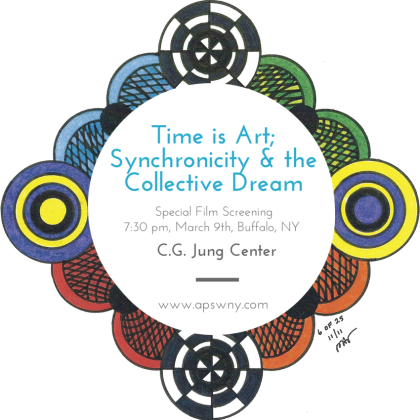
‘Time is Art’ screens Wednesday, March 9th
7:30 pm at the Buffalo, NY C.G. Jung Center
Followed by a discussion by Professor Paul Kochmanski, M.A.
408 Franklin Street, side entrance
Tickets via www.apswny.com
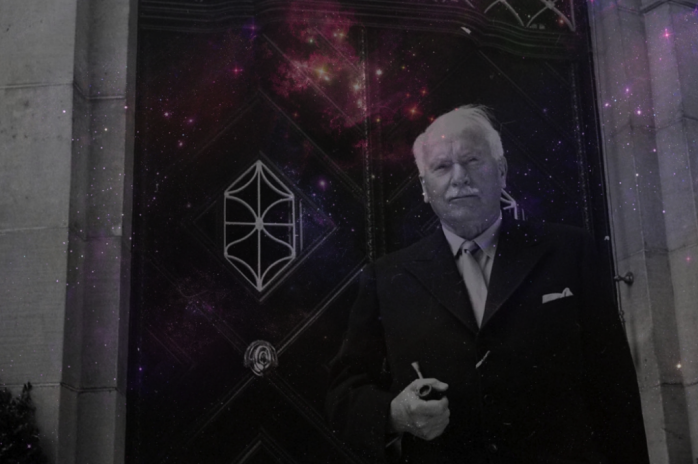
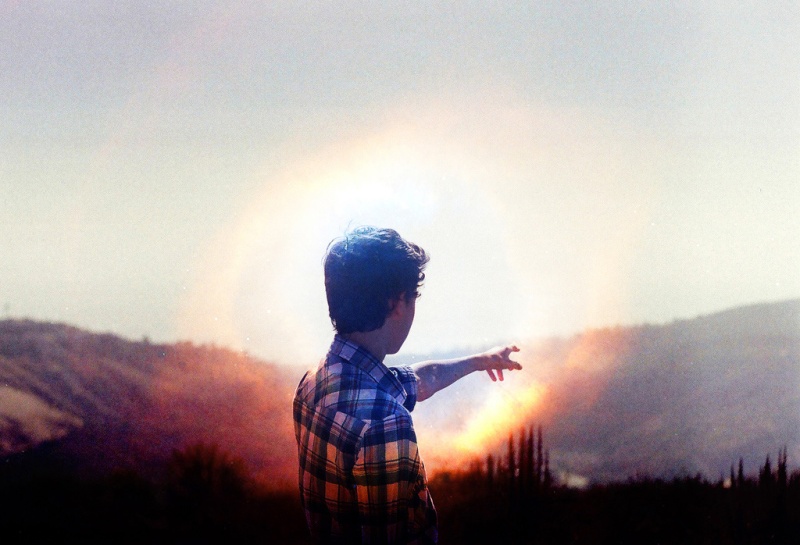

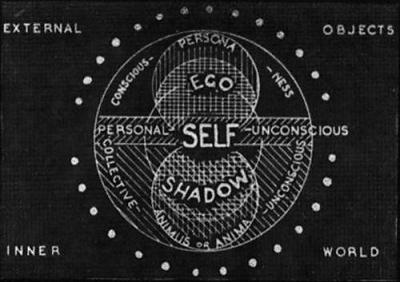



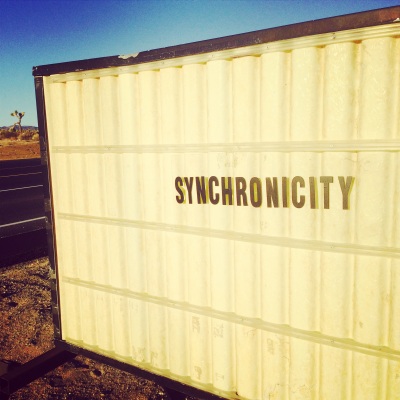
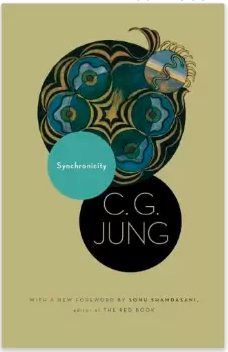
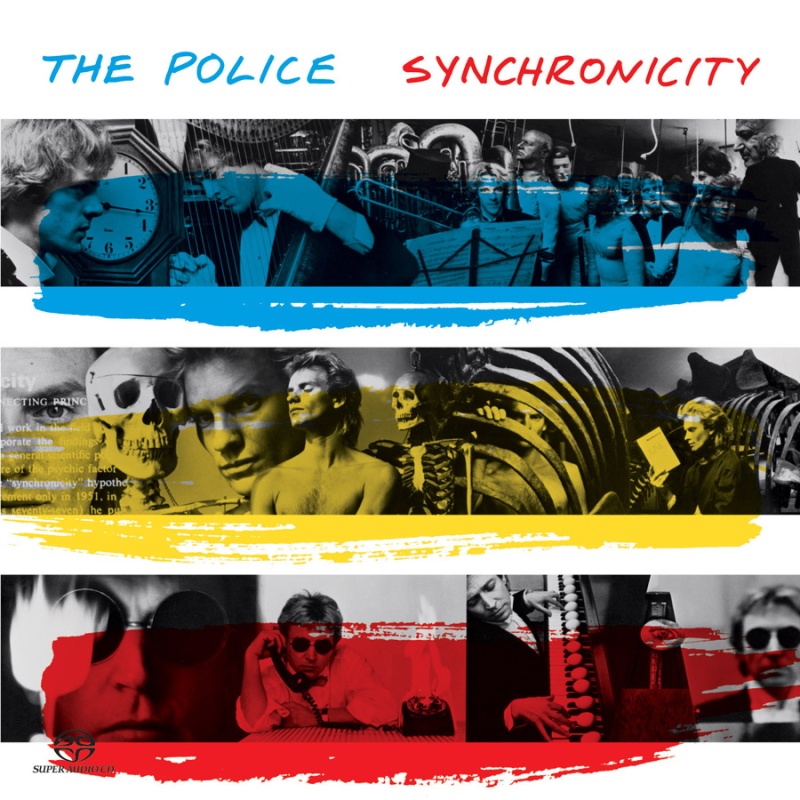
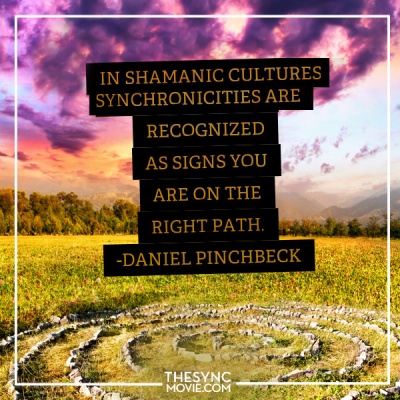
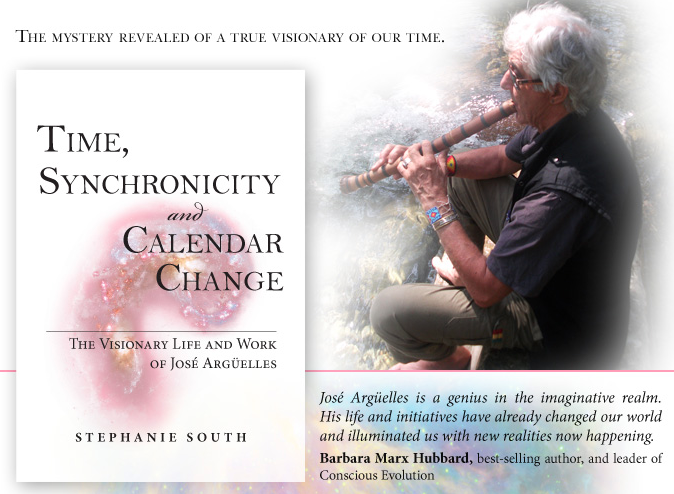
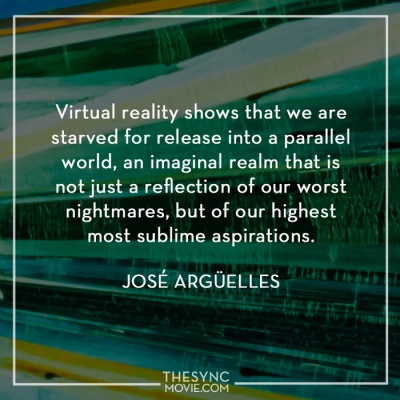 Jose discovered that the synchronic order is a matrix of living intelligence; it is a fourth-dimensional order of reality based on the Law of Time. Hence, the Law of Time is the science of synchronicity. In Time and the Technosphere (2002), he states that the future of human evolution is to become a medium of cosmic consciousness traveling back to the stars but through the superior knowledge of the actual laws of time. He believes this is what the Maya foresaw.
Jose discovered that the synchronic order is a matrix of living intelligence; it is a fourth-dimensional order of reality based on the Law of Time. Hence, the Law of Time is the science of synchronicity. In Time and the Technosphere (2002), he states that the future of human evolution is to become a medium of cosmic consciousness traveling back to the stars but through the superior knowledge of the actual laws of time. He believes this is what the Maya foresaw.